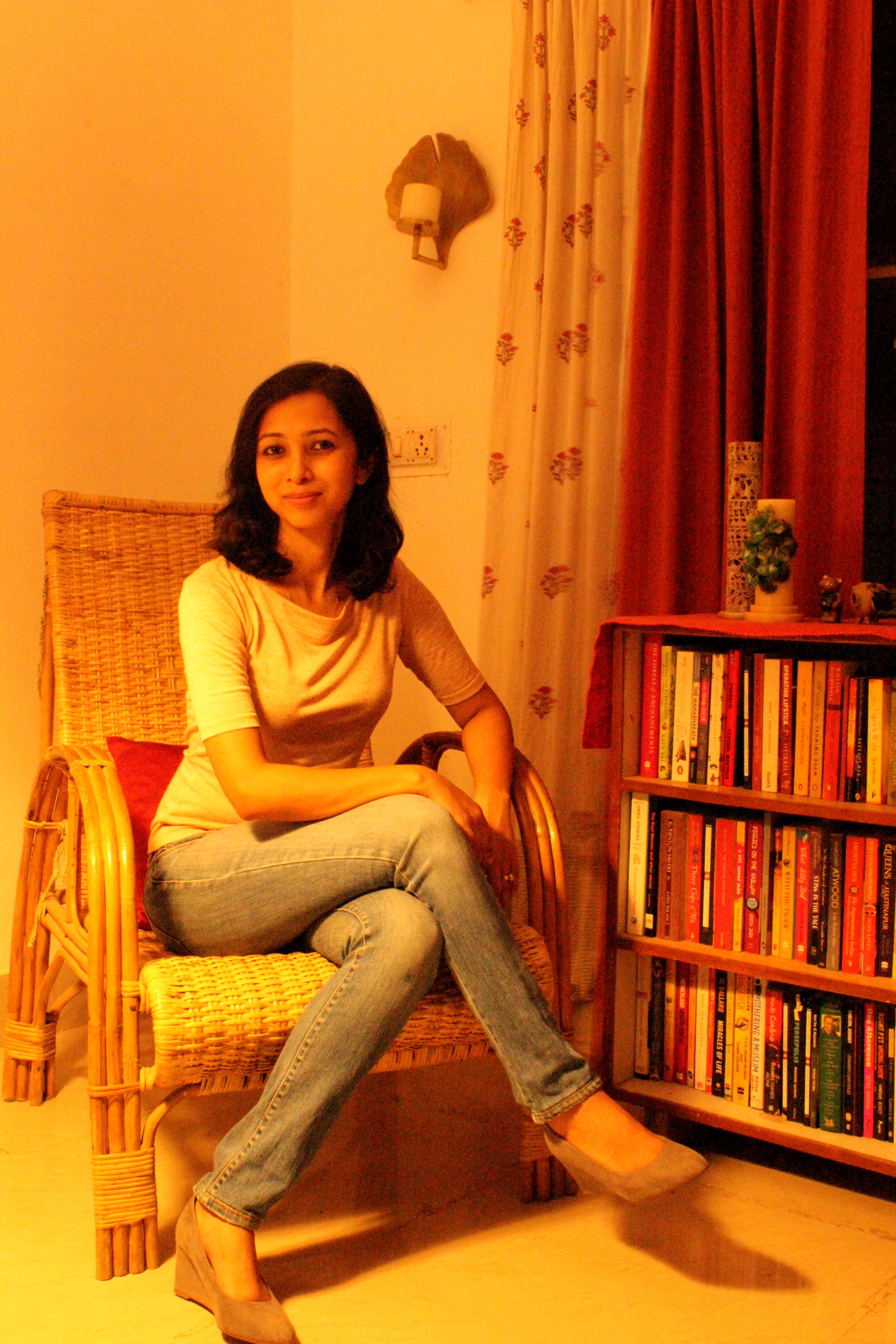The Bone Collector of Kutch
- Azera Rahman

- Apr 30, 2017
- 4 min read
Updated: Jul 17, 2021
For The Hindu.

Piqued by an ancient starfish skeleton he found on a sand dune, this man went on to build a collection of 10,000
It was a hot April afternoon, and I was driving through Gujarat’s semi-arid Kutch district when I happened to meet, entirely by chance, the 82-year-old Mohansingh Sodha, probably India’s biggest private collector of fossils. I had taken a wrong turn when a signboard announcing ‘Kutch Fossil Park’ lured me to make a detour. And I discovered the fascinating story of a man—a Shaurya Chakra awardee—who even has a fossil specimen named after him.
Sodha’s collection of more than 10,000 specimens make up the Kutch Fossil Park. “The fossil park is a private endeavour to showcase what I have collected over 41 years and to give people—especially youngsters—an opportunity to learn more about evolution,” he says.
Restricted in his movement now because of an amputated leg and poor vision, Sodha is an ex-serviceman who was born in Pakistan’s Sindh province and served as a food inspector in the country from 1962 to 1969. In 1971, he left everything behind and migrated to India, became an Indian citizen, and served in the Army during the Indo-Pakistan war of 1971. He was the platoon commander of the Home Guards unit in Bhuj, and for his valour, he was awarded the military honour, the Shaurya Chakra.

Accidental starfish
His journey into the world of fossils began quite by accident. “It was in 1972,” Sodha recalls. “I was sitting on a sand dune, on duty, when I noticed the fossilised remains of a starfish. At that time I did not know what it was, but I knew I had chanced upon something of great significance.”
He began collecting fossils, but his interest was truly fuelled only when a friend in the State archaeology department gave him a book on the subject. A number of photographs bore similarities to specimens in his modest collection. Sodha began reading voraciously about fossils; he says he is ‘self-taught’. “But the fact remains that I am a collector, and the identification and classification of the fossils had to be done by experts, the palaeontologists. So I sought help.”

Growing collection
As his collection grew—Kutch is a goldmine of fossilised remains—he formed a trust in 2002 and began displaying some of the fossils in exhibitions and fairs across Gujarat. The exhibitions attracted a lot of attention, “and soon dignitaries, including (the then Chief Minister) Narendra Modi and the top brass of the Indian military, the police and the paramilitary” visited. Sodha pulls out a loosely bound collection of photographs to show off the galaxy of important people who have seen his collection.
Soon, Sodha began to feel the need for a space where he could display his entire collection, collected over four decades from 1972 to 2013. He set up the Kutch Fossil Park in a place called Vitron, and then shifted it to Godhiar. Visitors queued up to see fossilised dinosaur eggs, dinosaur teeth, and the vertebrae of sea animals. But it was a seven-feet-long, 65 million years old sea cow that attracted the most attention.
“I sent the sea cow specimen to IIT-Roorkee for identification and after a year, in 2006, they wrote back to me saying that after studying its details, they concluded that it was a new species. It is an important species scientifically, and they decided to name it Domningia sodhae, after me,” he says, showing the letter—enlarged and framed—standing on a desk in the verandah of his office. Jostling for space on the overcrowded desk are several boxes with fossils in them—kept as samples for curious visitors—each labelled by name.
“Kutch is full of fossils, dating back to more than 200 million years. Every now and then you hear news of a find from around this area,” Sodha says.
Sodha and his family have also developed the fossil park’s environs into a resort with tents and modern facilities to accommodate tourists. They organise tours to nearby forts, ports, temples, and other places, besides allowing visitors a peek into prehistoric times.
“I sold all my land and used all my resources to set up the fossil park. Now, the park and the resort feeds us,” Sodha says. His son Vikram Singh manages the park now. “I am India’s biggest private fossil collector,” says Sodha with pride, before adding, “But now my body has given up.”

Maintaining the park is no mean task. Sodha has requested the State and Central governments to take responsibility of the natural heritage. “I have been in correspondence with the government since 2002, when one of its officers had visited the park. I have also written to the Ministry of Culture to adopt the fossil park under the Museum Grant Scheme.” While the State government has agreed to allot land for the park, the district administration has been less than responsive, says Sodha.
“I am getting older and my only concern now is that the fossils are treated as a national treasure. People from all walks of life, from across boundaries should know about them and be able to see them.”
The writer is an independent journalist based in Gujarat. When not researching her stories, she is busy spinning tales for her toddler.




Comments